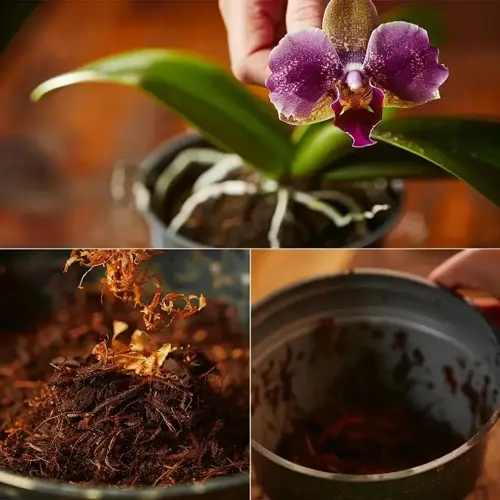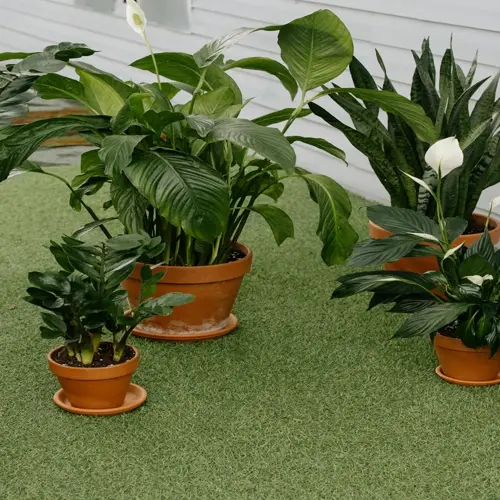How short should I mow to prevent brown spots?

Written by
Michael Sullivan
Reviewed by
Prof. Martin Thorne, Ph.D.Mowing at the proper height eliminates brown spots, while improper mowing puts your lawn at risk of disease and scalping. Every grass type has an optimal height range in which it will protect the roots and soil, as well as provide adequate coverage against the elements. If the mowing is too low, the shading canopy will be lost, exposing the soil underneath and causing it to dry out.
Scalping occurs when more than 1/3 of the grass blade height is removed. This exposes vulnerable crown tissue to the elements and pathogens. I observe many scalped lawns develop brown patches within days due to summer heat stress.
Cool-Season Grasses
- Kentucky Bluegrass: 2.5-3.5 inches maintains dense growth shading soil
- Perennial Ryegrass: 2-3 inches prevents heat stress browning
- Tall Fescue: 3-4 inches protects deep roots during drought
Warm-Season Grasses
- Bermuda: 1-2 inches for putting greens 1.5-2.5 for lawns
- Zoysia: 1-2 inches tolerates lower cuts without browning
- St. Augustine: 2.5-4 inches requires height for pest resistance
Height Adjustment Tips
- Raise blades 0.5 inches during heatwaves above 85°F
- Lower gradually when transitioning seasons over 3 weeks
- Measure height after mowing with a ruler weekly
Seasonal adjustments keep your lawn safe. Raise the mower height 0.5 inches in the summer - this gives your lawn a little extra shade. Lower it slowly in the fall to avoid matting under snow. The only time you should NEVER cut dormant grass in the winter is when that dormant grass still needs protective blade coverage to prevent frost damage.
Recover scalped areas by stopping mowing for 7-10 days. Water thoroughly at dawn, and apply half-strength nitrogen fertilizer. If no damage was done to the crowns, new growth should appear in about two weeks. Afterward, maintain an optimal height to avoid re-injury to the scalp.
When handled properly, clippings actually help your lawn. Leave clippings (less than 1 inch long) to break down, and they will act as a natural fertilizer. If the clippings are longer than that, and you are bagging them, then it helps avoid thatch development, which contributes to brown patches. Good mowing practices contribute to healthy, hardy turf.
Read the full article: Brown Patches Lawn: Causes and Solutions

